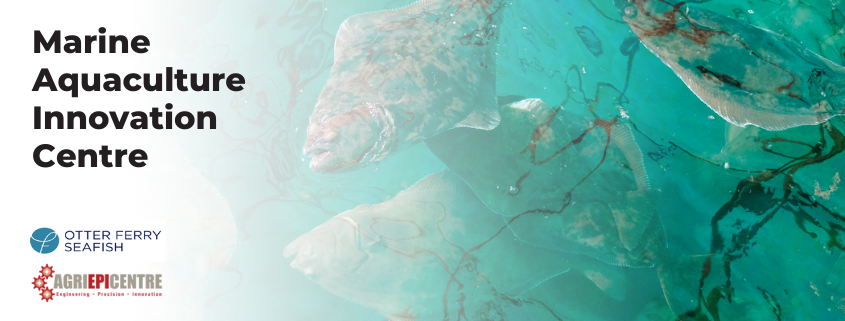New innovation centre unlocks aquaculture opportunities

https://www.youtube.com/watch?v=PSIwunBS5Ho Agri-EPI Centre’s latest innovation hub at Loch Fyne on Scotland’s Argyll coast will help to drive sustainable solutions and improve efficiency for the UK aquaculture industry. In partnership with independent aquaculture company, Otter Ferry Seafish (OFS) – and jointly funded by Innovate UK and Agri-EPI Centre – the Marine Aquaculture and Innovation Centre (MAIC) […]
Get inventive and take control of tax

The agricultural sector is taking undeniable initiative when it comes to innovation. But many farming and agri-businesses are missing out on a big opportunity to claim tax relief. R&D is not all white lab coats and PhDs; farmers often carry out activities that are claimable under the R&D Tax Credit Scheme – a retrospective exercise […]
